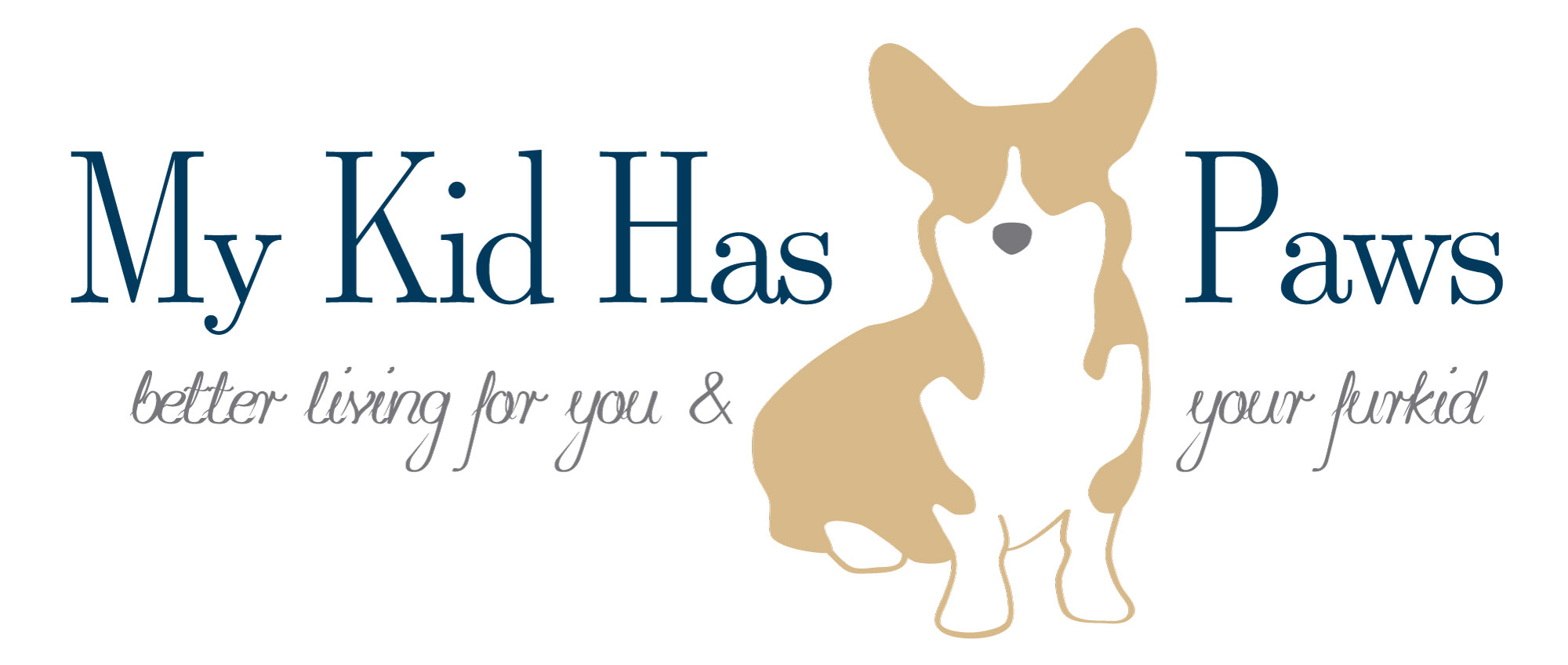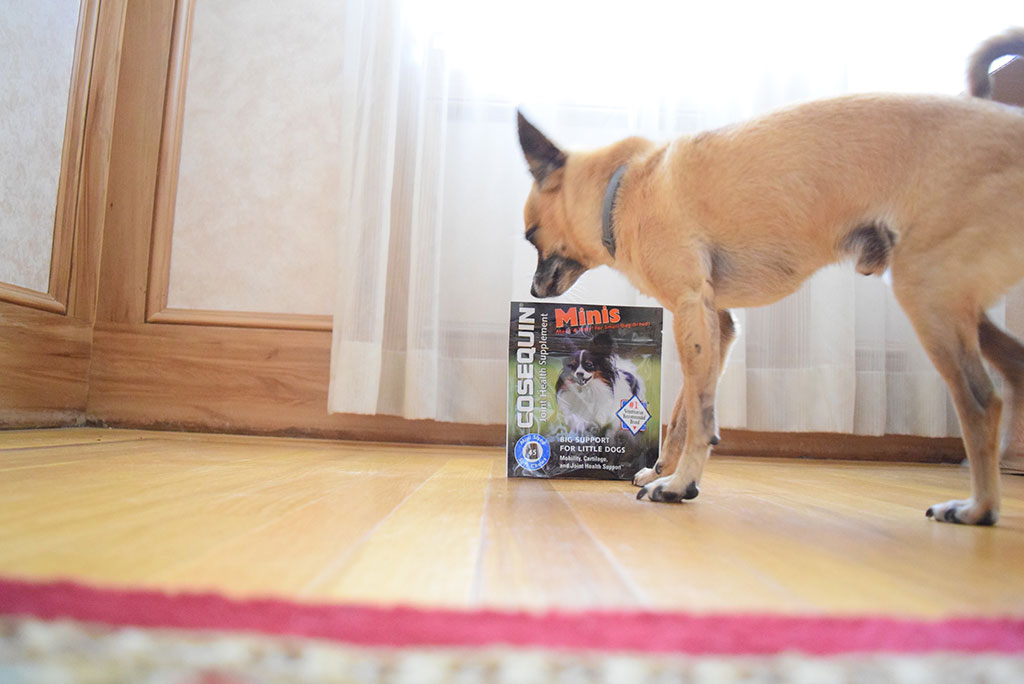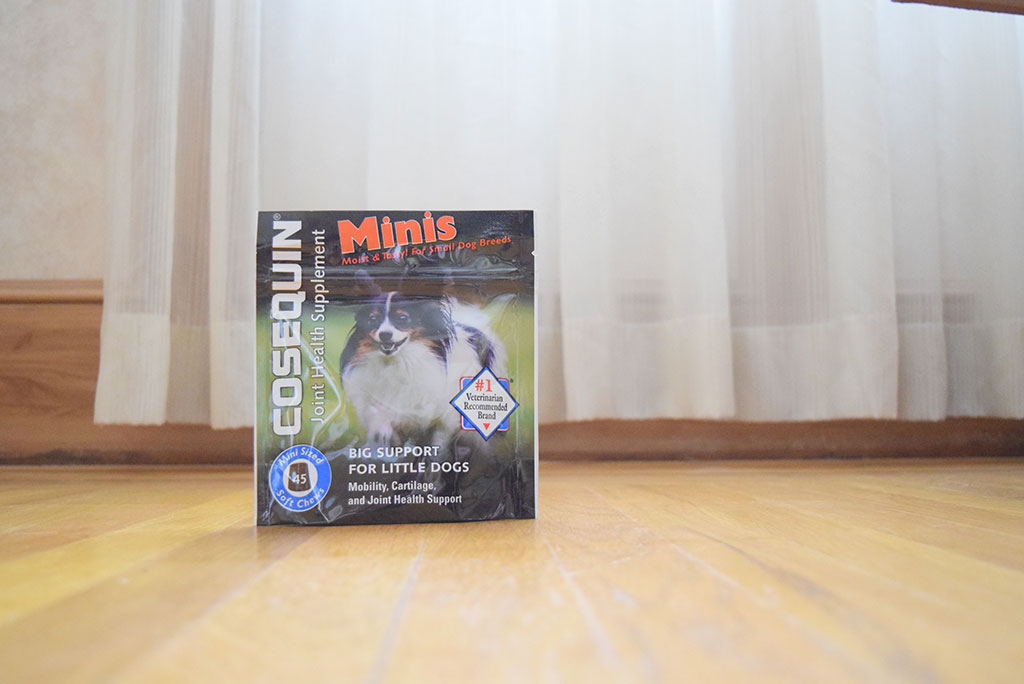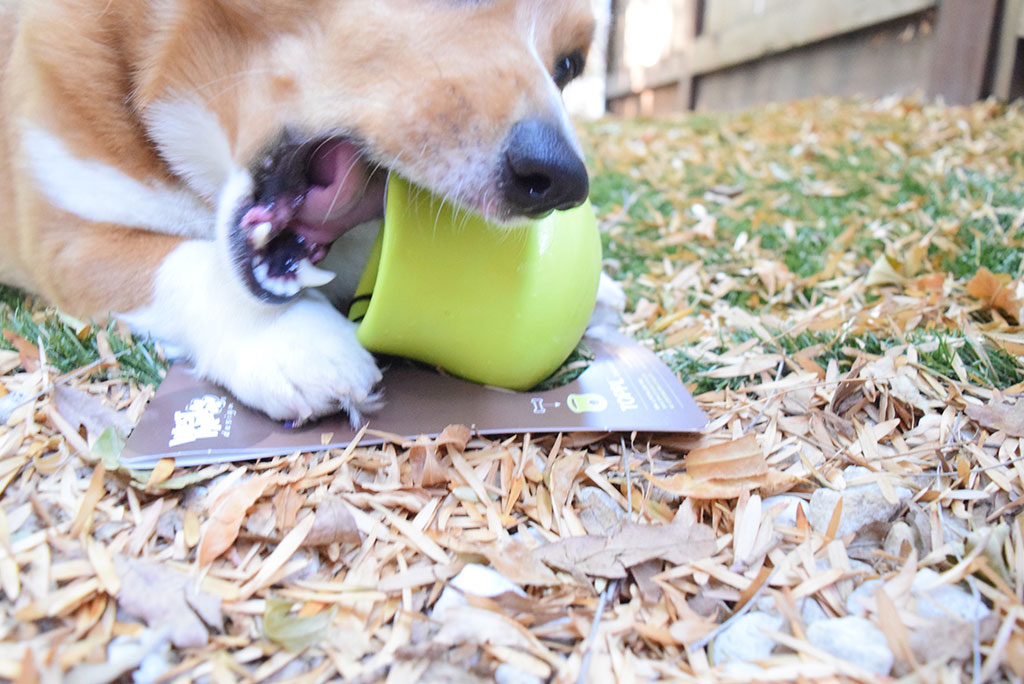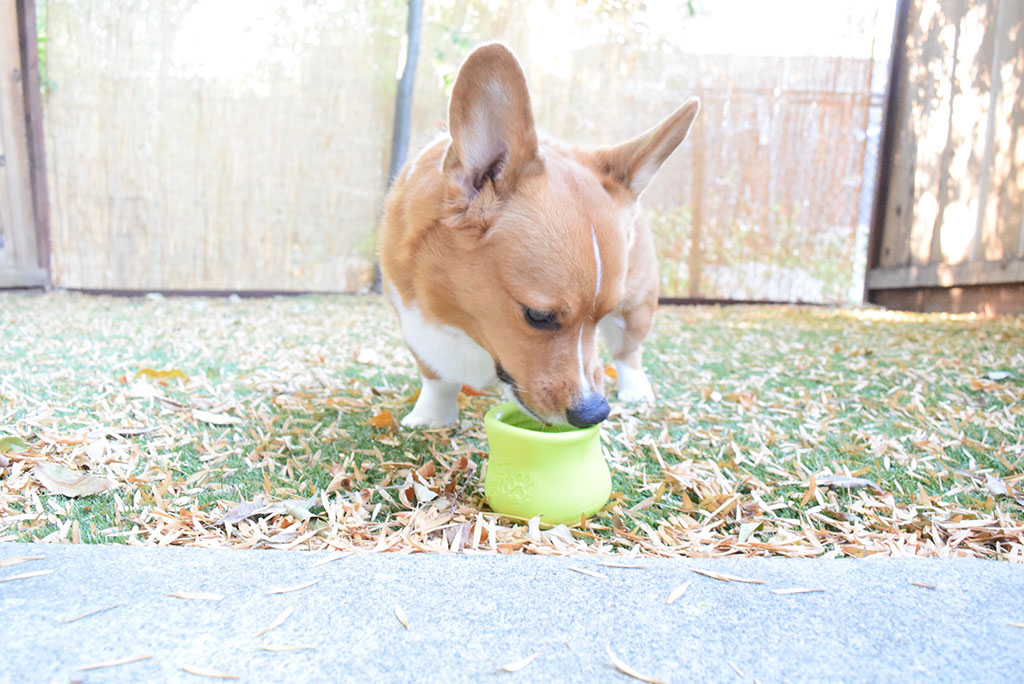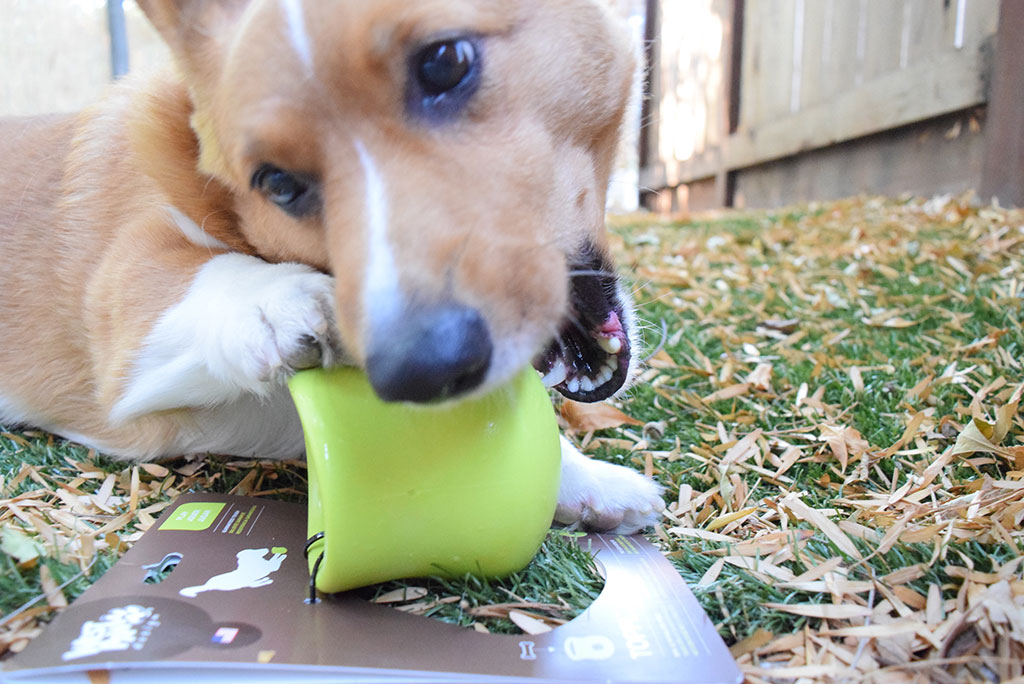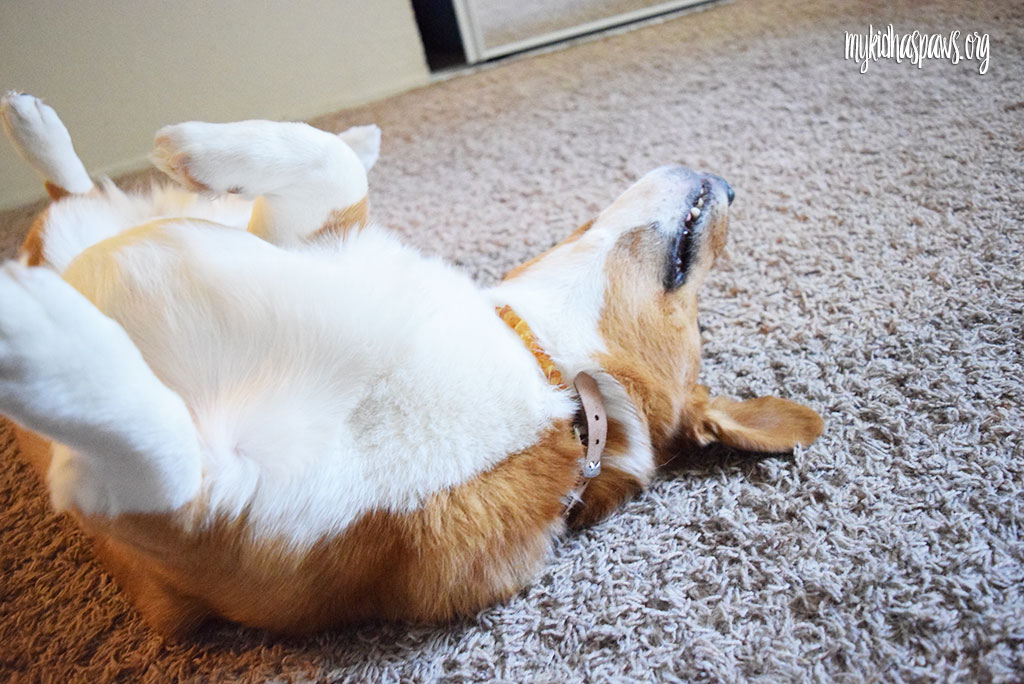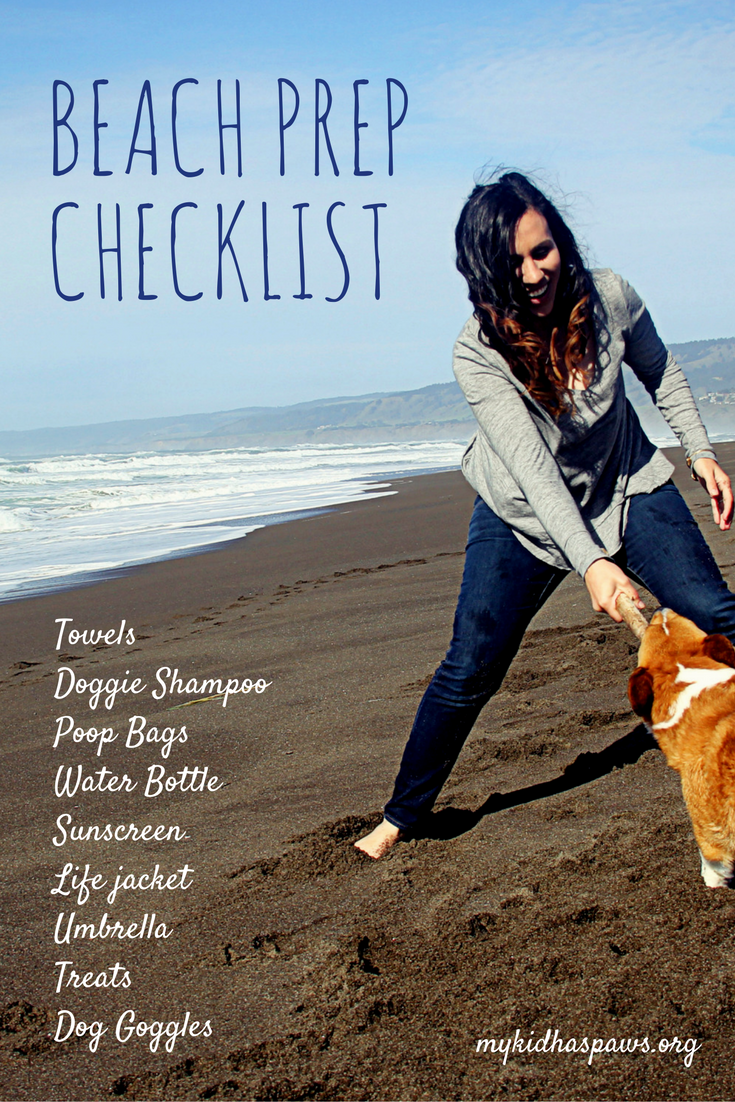According to the Redcross.org, September is National Preparedness month, and as I have shared recently, Californians need to be well-versed in fire safety and wildfire preparedness. To give us some excellent insights, I would like to welcome guest blogger Emma Bailey. Enjoy!
Summertime Fire Safety for Pet Parents
Whether it’s the peak of summer or the valley of winter, it’s important to pay careful attention to the well-being of your animal companions. And with high temperatures still ahead, there’s cause for pause when it comes to an array of hot-weather health hazards.
Earlier in the summertime, “National Pet Fire Safety Day” drew attention to one of the most common threats animals face in warm weather: the risk of fire or electrical injury.
Each year over 40,000 household pets die from fire. Approximately 1,000 of these incidences are usually attributed to the pets themselves – highlighting the need for both pet-proofing and constant pet-parent vigilance. Wildfires, outdoor fire, and electrical risks remind us that our animals are vulnerable to smoke inhalation, flame, and the effects of severe storms. This summer, make sure the curious paws in your family are safe by taking some simple precautions ahead of time.
Precaution and Prevention
Always be wary of lighting a fire with pets around. Candles can be bait for pets – especially cats – who are drawn to the light and movement of an open flame. All it takes is a gentle rub from your feline friend and the candle is on its side. Additionally, fireplaces should always be extinguished before you leave the room or home.
The kitchen should be pet-proofed thoroughly before you take off on any summer getaways. Counter-surfing pups on two legs can easily hit the knobs of your stove or other items around the kitchen, and cooking appliances pose an equal threat when it comes to fire and electrical danger.
To that same end, it’s crucial to secure all loose electrical wires and cords in a home, particularly a home with young puppies and kittens. Cords practically ask to be played with and chewed through, which is why you need to protect everyone from electrical burns and fires that could start from frayed wires. Be aware that halogen lights and space heaters can also be fire hazards, particularly around large, more boisterous animals.
Make sure that all of your smoke detectors are in working condition. Smoke detectors that automatically notify the fire department in case of an emergency are, for pet owners, even more convenient. Certain “smart home” devices and surveillance monitors will also help you keep a closer eye on everyone who’s back at home when you aren’t there. A pet camera in the home can help you catch anything before it gets out of hand, while more advanced systems even equip your residence with sensors that know when cats and dogs go beyond any pre-set boundaries.
In Case of Emergency
If disaster does strike, a “good defense” is your best offensive alternative. Your family may already have an escape route mapped out for fire-related emergencies, but don’t forget to include your pets in the plan. If you have more than one animal in your house, it may be a good idea to assign each one to a different family member who can keep track of them in the chaos. Also, as part of your preparation, you should keep collars and leashes near the front door of your home. If your pet gets lost during the panic of a disaster make sure they can be quickly identified and returned to you.
If no one is home and a fire emergency occurs, it’s a good idea to signal with a window cling that there are animals in your home in need of rescue. Write down the number of pets in your home and affix a sticker in a prominent place where firefighters will see it. This will help the firemen who arrive on the scene know just who to look for. Also, if you have young pets, try to secure them in one area with a pet gate while you are away, this will also help the rescuers locate even the smallest creatures.
To get a free Pet Safety Packet (with window clings) you can visit the ASPCA website, or click over to additional online resources with more extensive fire protection information. Our non-human friends fill our lives with immeasurable joy and love, and it’s up to us to protect them in ways they can’t themselves. These ideas will help you and your family members avoid fire and electrical injury too, meaning everyone can enjoy a happier, healthier summer and fall season.
WOW Emma! Thank you for providing MKHP readers with some excellent fire safety tips! Tell us, do you have a fire safety plan?
 Emma B is a writer and blogger based in Chicago, IL. Luna, affectionately known as Apricot Ears, is a rescue dog with a few stories of her own to tell. Emma will be attending graduate school this fall at DePaul University specializing in International Public Policy. Her favorite food is pistachio ice cream.
Emma B is a writer and blogger based in Chicago, IL. Luna, affectionately known as Apricot Ears, is a rescue dog with a few stories of her own to tell. Emma will be attending graduate school this fall at DePaul University specializing in International Public Policy. Her favorite food is pistachio ice cream.
